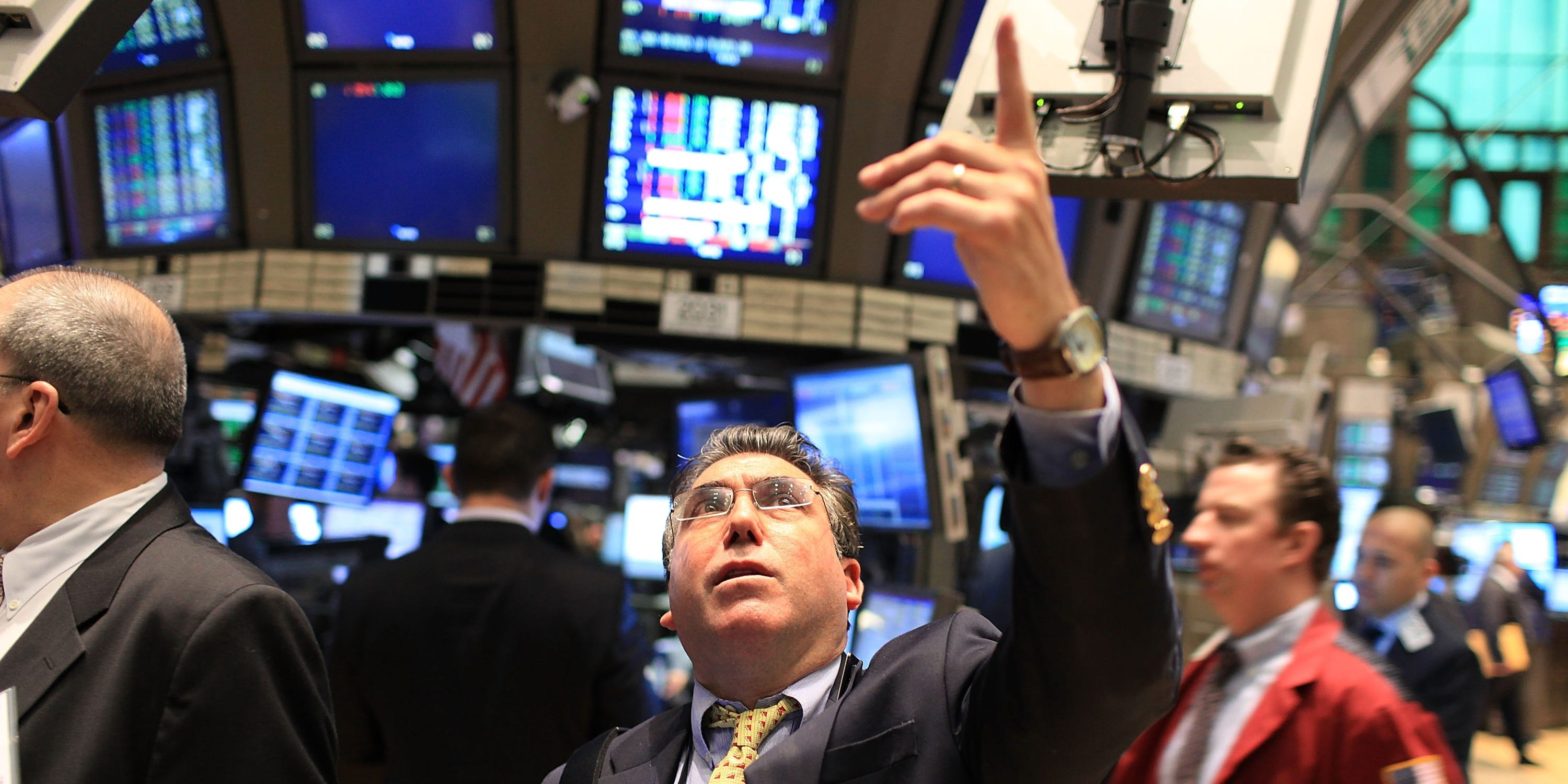Bank of America’s Michael Hartnett has been one of Wall Street’s biggest bears over the past year.But in a Friday note, Hartnett outlined potential factors that could flip him from bearish to bullish.While Hartnett’s not holding his breath, here’s what he needs to see to turn bullish on stocks. Loading Something is loading.
Thanks for signing up!
Access your favorite topics in a personalized feed while you’re on the go.
High inflation, a weakening consumer, and the threat of an economic recession are all factors that have shaped the bearish view of Bank of America’s chief investment strategist, Michael Hartnett.
But in a Friday note, Hartnett highlighted what he needs to see to change his view and turn more bullish towards the stock market.
For the year ahead, Hartnett has told investors to fade the S&P 500 as it approaches 4,200 on the idea that the current environment is a “peak goldilocks” moment following the strong January jobs report. In other words, the macro data should only get worse from here.
“Secular inflation + end of era of QE + end of era of US buybacks + our expectation ‘no landing’ in H1’23 leads to ‘hard landing’ in H2’23… this keeps us bearish,” Hartnett wrote on Friday.
Because of this view, Hartnett has told investors to not buy stocks until the S&P 500 falls at least 12% from current levels.
“Nibble at S&P 3,600, bite at 3,300, gorge at 3,000,” Hartnett has consistently advised, which would represent a sell-off in the S&P 500 of as much as 26% from current levels and a new cycle low in the current bear market.
But Hartnett admits his bearish view on the stock market could fall apart if wage inflation can settle down before the economy experiences a hard landing, aka a painful recession.
The thinking goes that if wage inflation is subdued, it would give the Federal Reserve the green light to end its interest rate hikes and even consider cutting interest rates, as wage inflation is viewed as a primary drive of overall inflation.
That could be a near-perfect scenario for investors as lower interest rates could help stimulate the economy enough that it avoids a recession entirely.
And even if a recession does arrive, Hartnett admits the bulls have something up their sleeve that the bears will never have: scared policymakers.
“Quite simply everyone expects Fed to cut and politicians to panic via more stimulus checks, rebates, debt forgiveness, at the first blush of recession,” Hartnett said.
Another factor that could help the stock market perform better than Hartnett currently expects is the long lag between the Fed hiking interest rates and those hikes negatively impacting the economy.
“Lag from easy monetary policy into economy was instant in 2020. Lag from tighter monetary policy has been much, much longer past 12 months,” Hartnett said.
The one-year anniversary of the Fed’s first rate hike is approaching this March, and two more 25 basis point rate hikes are still expected by the market. But if the economy can continue to hold itself together and sidestep a recession, Hartnett may have to consider taking a more constructive view towards stocks.
